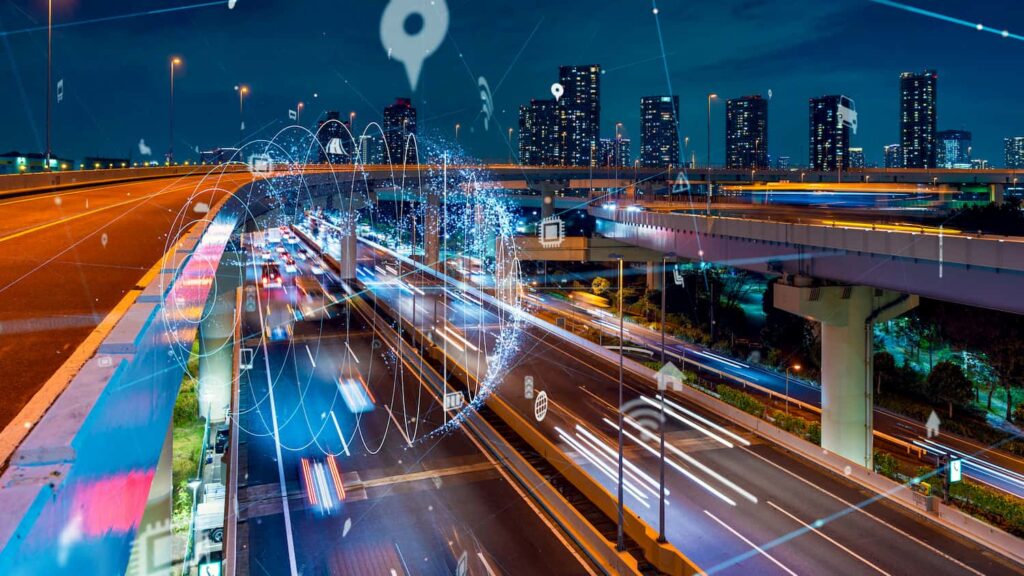The transformation in how we move and the continuous change in the infrastructure where we do it is a reality. Technology has permeated all facets of life, including internal audits. In the complex corporate ecosystem, similar to a vast metropolis, transportation infrastructures such as highways, railways, and buses act as vital arteries that sustain economic and operational life. In this parallel, each mode of transportation represents critical functions of the company.
The function of the internal audit is to collaborate to ensure that all transactions circulate through the ideal channel (complying with internal regulations and policies) and travel safely and appropriately (following established procedures) to their destination. A similar analogy is the security camera operators or inspectors at toll booths, who observe and check that everything works with the harmony of a musical orchestra.

Just as we constantly innovate in our infrastructures due to the increase in data we can obtain to offer a better service to our users; we also innovate in Globalvia’s Internal Audit function. Audits, essential for improving and verifying business performance, are also subject to continuous change and improvement, driven by advances in the management and analysis of large volumes of data. The benefit of using tools that allow communication with the different areas to follow up on recommendations (Wrike), the effective visualization of specific processes (Power BI), or how we can, almost instantly, obtain results on transactions recorded in an unusual way (SAP BIS) represent a technological dividend comparable to the use of OCR (Optical Character Recognition) or surveillance cameras that prevent accidents by facilitating communication, user flow and the collection of tolls or tickets in our concessions. Just as these technologies have revolutionized security and efficiency in our infrastructures, auditing tools transform supervision and internal control, maximizing precision and minimizing risks.
With a substantial increase in data, it is necessary to use tools that allow its processing. These technology tools transform how internal audit teams address their challenges, allowing them to operate with greater agility and accuracy. Technology, therefore, also enhances the strategic contribution of internal audit in business management and control.
